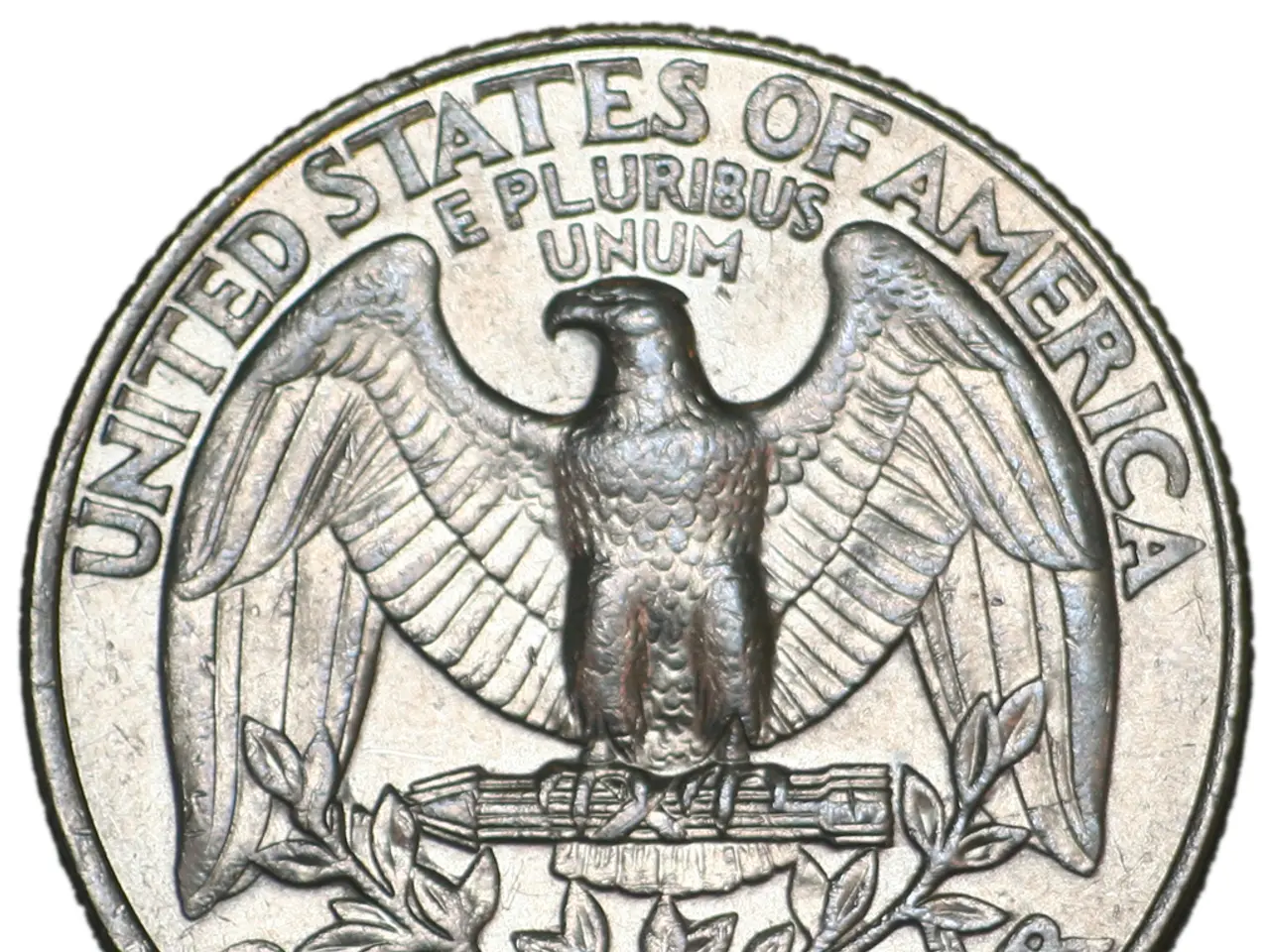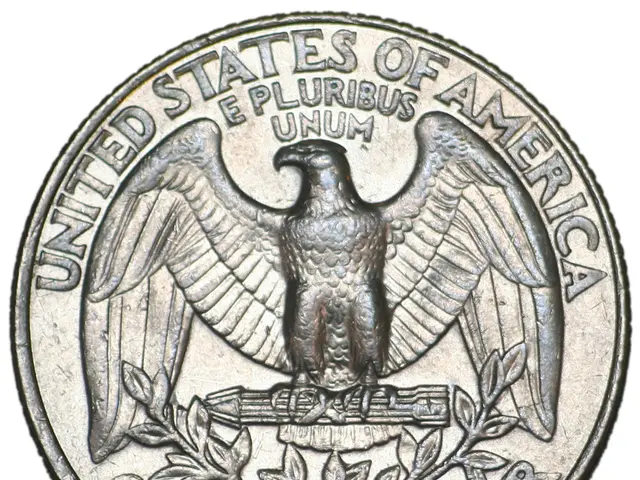USDT's Legal Status Remains Unclear under MiCA Due to Lack of Specific Prohibitions
The European Union's Markets in Crypto-Assets (MiCA) regulation has brought about significant changes in the crypto landscape, particularly with regards to stablecoins. Tether's CEO, Paolo Ardoino, has expressed concerns that MiCA poses a "systemic risk" to stablecoins and the banking system, citing the stringent requirements for stablecoin issuers.
One of the key milestones is MiCA's effective date: December 30. However, the transition period for enforcing MiCA is 18 months, during which existing businesses in the EU may continue operating under current legislation until January 1, 2026.
In November, Kraken and Tether jointly funded the launch of MiCA-compliant stablecoins. But the future of the USDT stablecoin in the EU remains ambiguous with the regulation fully taking effect. European regulators have not officially mandated the delisting of USDT.
Exchanges in the EU have largely delisted the USDT stablecoin gradually, starting from early 2025 after MiCA enforcement began. Major exchanges like Binance, Coinbase, Kraken, Crypto.com, KuCoin, Gate.io, HTX, and BitMart have delisted USDT for EU residents or blocked its trading on their EU platforms. Others, such as Bybit, Upbit, Bitget, MEXC, Bitfinex, BingX, have not yet officially disclosed plans or have delayed delisting.
The process has been gradual, in part because MiCA included a “grandfathering” period allowing some transition time until 2026, but the enforcement deadline for delisting unregulated stablecoins was effectively in Q1 2025. This has led to a shift away from USDT towards MiCA-compliant stablecoins such as USDC and Euro Coin (EURC), which are fully compliant with MiCA regulations and have grown strongly in market share in the EU. USDT trading volume on EU exchanges plummeted from 62% to 38% in early 2025.
Tether's refusal to pursue MiCA licensing has accelerated this process. The company specifically pointed to the requirement for stablecoins to hold at least 60% of reserves in potentially "vulnerable" EU banks as a concern.
The question remains whether all exchanges will simultaneously delist USDT, if it will happen gradually, or whether some companies will adopt a 'wait and see' approach, anticipating statements from regulators. Juan Ignacio Ibañez, a member of the MiCA Crypto Alliance's technical committee, shared this view in an interview with Cointelegraph. He emphasized that other exchanges aren't necessarily required to act as quickly as Coinbase.
As of December 27, many exchanges, including Binance, continue offering USDT services to EU clients without announcing plans to cease these operations. The shift favors MiCA-compliant stablecoins like USDC, as the delisting of USDT from EU crypto exchanges under MiCA has been largely gradual and staggered as exchanges adapt and comply.
- The gradual delisting of Tether's USDT stablecoin on EU exchanges is due in part to the MiCA regulation, which has led to a significant shift towards MiCA-compliant stablecoins like USDC and Euro Coin (EURC) in the EU.
- The European crypto landscape is witnessing changes in business, particularly with regards to stablecoins, as a result of the implementation of the MiCA regulation, with Tether expressing concerns about the potential systemic risk posed by it to stablecoins and the banking system.




